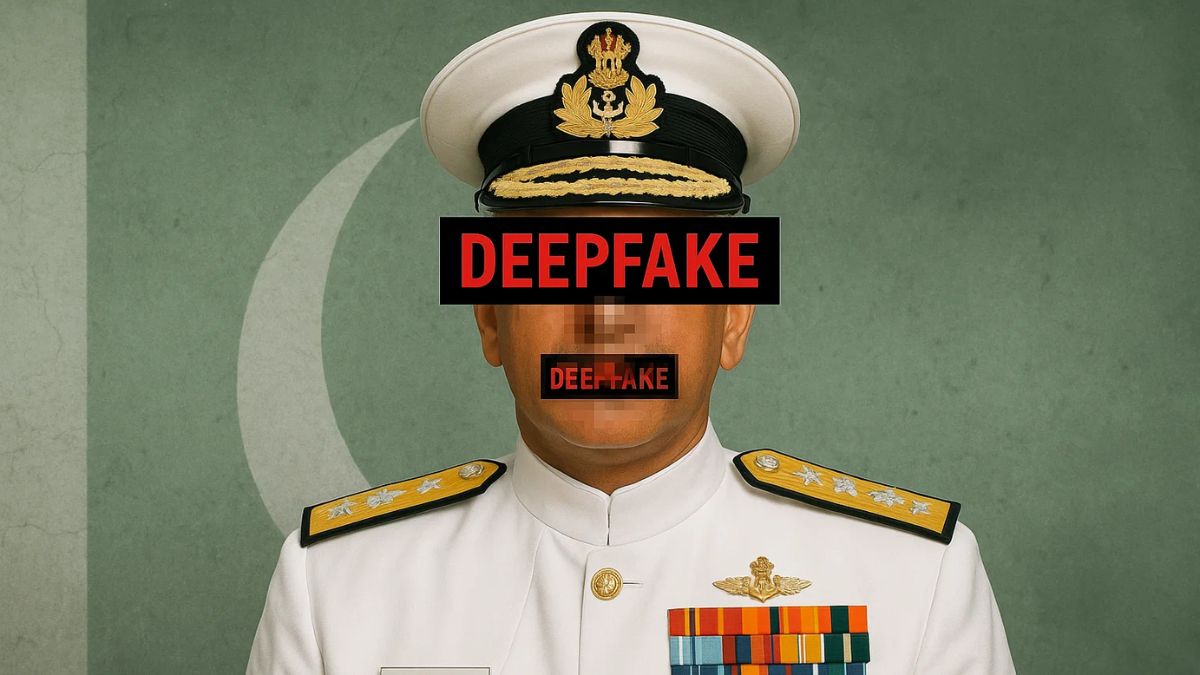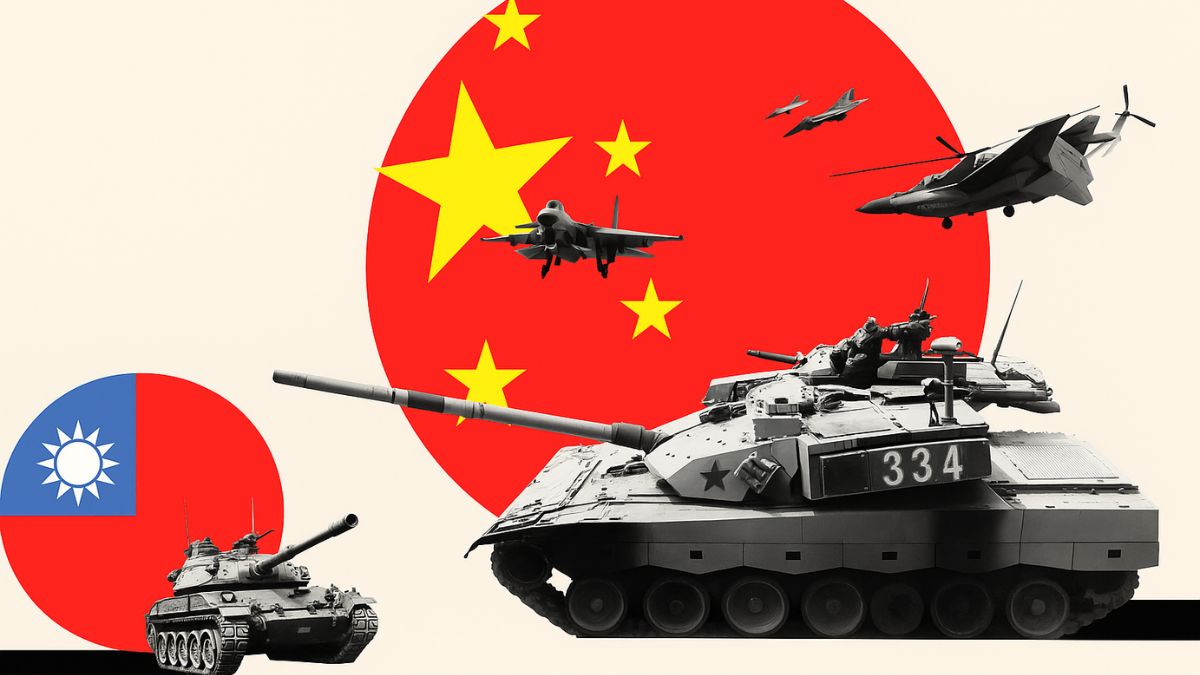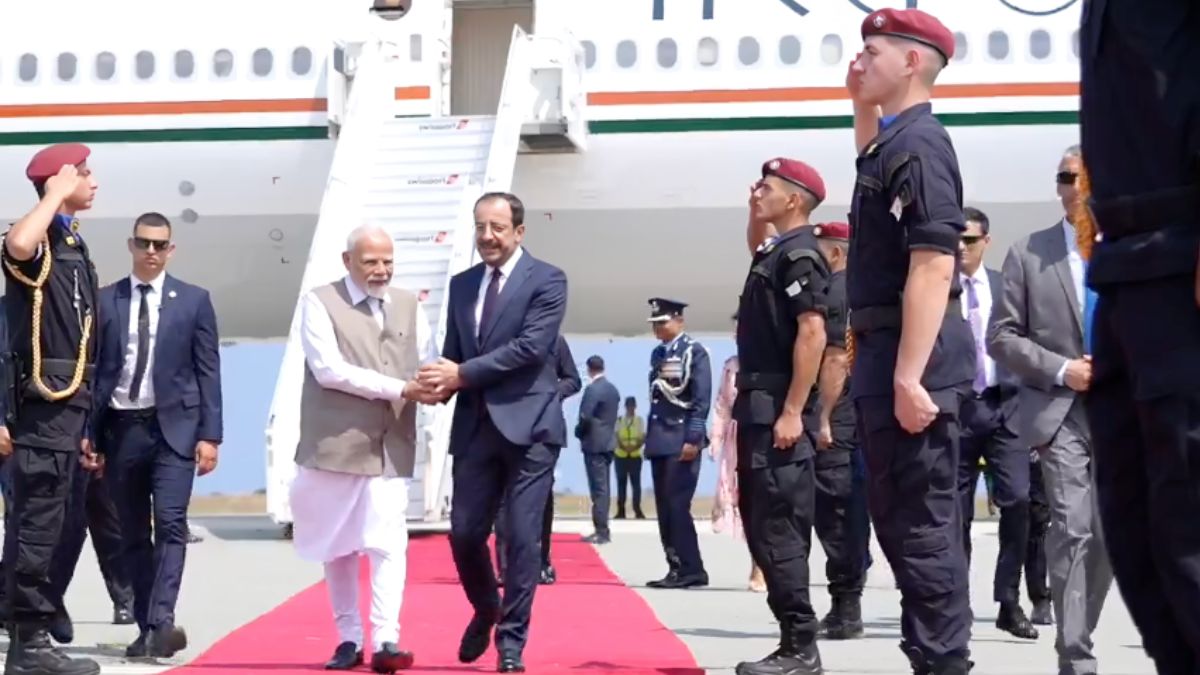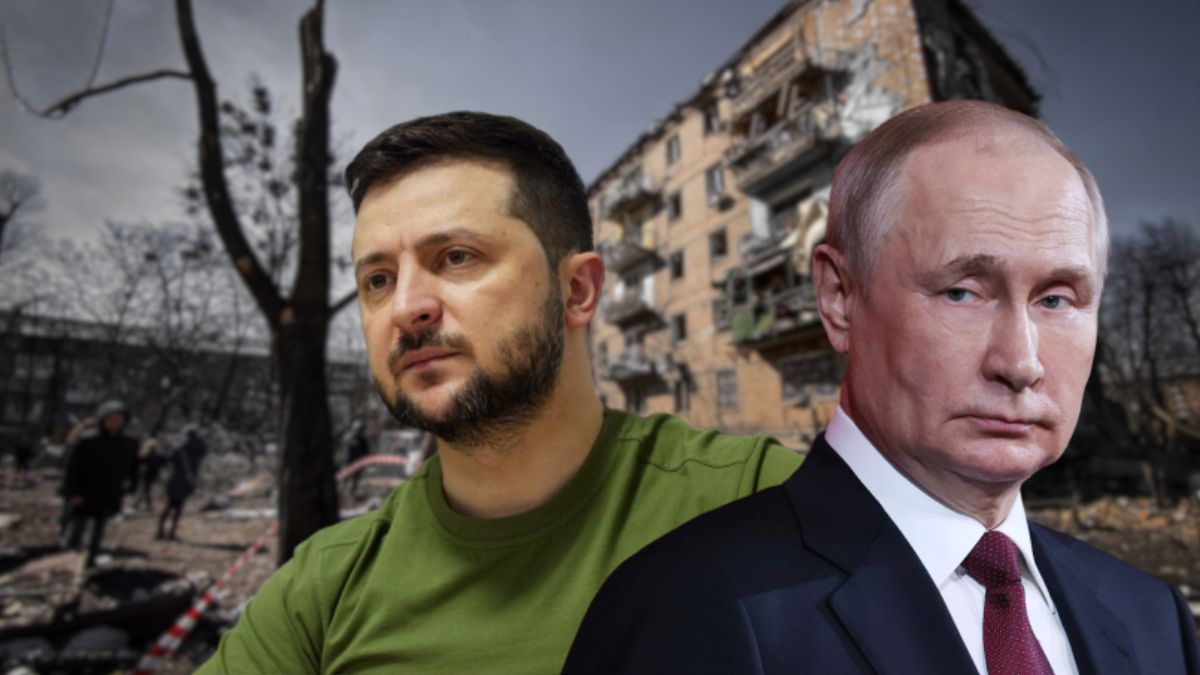Houthis Bury Leaders Killed in Israeli Strike, Launch Retaliatory Attack At Israeli-Linked Vessel
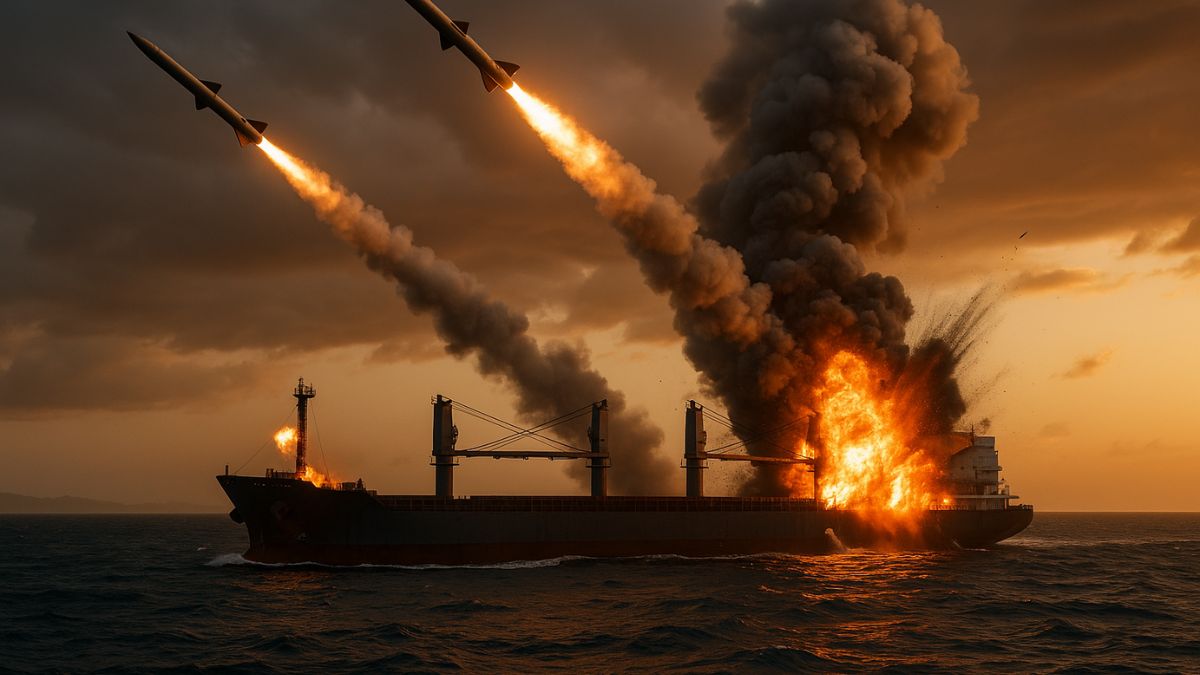
Houthis have claimed responsibility for launching a missile at an Israeli-linked oil tanker (Image courtesy: AI-generated pic via Sora)
Thousands of Yemenis poured onto the streets of Sana’a on Monday to attend the funeral of senior Houthi leaders killed in an Israeli air strike last week. Draped in Houthi flags, the procession turned into a mass rally as commanders vowed revenge against Israel and its allies, pledging that the deaths would not go unanswered.
Mourners chanted the Houthi slogan “God is Great, Death to America, Death to Israel, Curse on the Jews, Victory to Islam”. Mohammed Miftah, now de facto head of the Iran-aligned government in Sanaa, has vowed revenge as well as an internal security crackdown.
“We are facing the strongest intelligence empire in the world, the one that targeted the government – the whole Zionist entity (comprising) the U.S. administration, the Zionist entity, the Zionist Arabs and the spies inside Yemen,” Miftah told the crowd of mourners at the Al Saleh mosque.
How did the Houthis respond militarily?
Hours before the funeral, the Houthis claimed responsibility for launching a missile at an Israeli-linked oil tanker near Yanbu on Saudi Arabia’s Red Sea coast. The tanker, operated by a Greek company, was reportedly hit but sustained limited damage.
“We are aware of security reports alleging that our managed vessel Scarlet Ray was the target of a suspected Houthi attack,” the vessel’s Singapore-based manager Eastern Pacific Shipping said on Monday (September 1, 2025), adding that all crew members were safe and accounted for.
The strike underscores the group’s expanding reach in the Red Sea and its strategy of targeting Israeli and Western commercial interests.
Why is this significant for the region?
The dual developments, a high-profile funeral rally and a maritime attack, highlight the Houthis’ ability to combine symbolic political messaging with direct military action. For Israel, the strike represents a growing challenge from non-state actors outside its immediate neighborhood.
Worth mentioning here is that since 2023, Iran-aligned Houthis have launched several attacks on vessels in the Red Sea. The attacks were conducted against ships they deemed to be linked with Israel, in their way of showing solidarity with Palestinians in the war in Gaza.
How heavily armed are the Houthis?
According to several estimates, the Houthis have a heavily packed arsenal as the group has been steadily developing their military capabilities since 2014, when they seized the Yemeni capital Sanaa. Their weaponry includes ballistic missiles which they call Typhoon, which is a rebranded version of the Iranian Qadr missile with a range of 1,600 to 1,900 kilometres.
Houthis also own drones, which Saudi Arabia and the United States have repeatedly accused Iran of supplying. Iran has also been accused of supplying missiles and other weapons to Houthis. They, however, claim that they manufacture their drones domestically.
An old AFP report suggests that Houthis’ arsenal also includes the Iranian Shahed-136 drones that Russia is using in its war on Ukraine.


